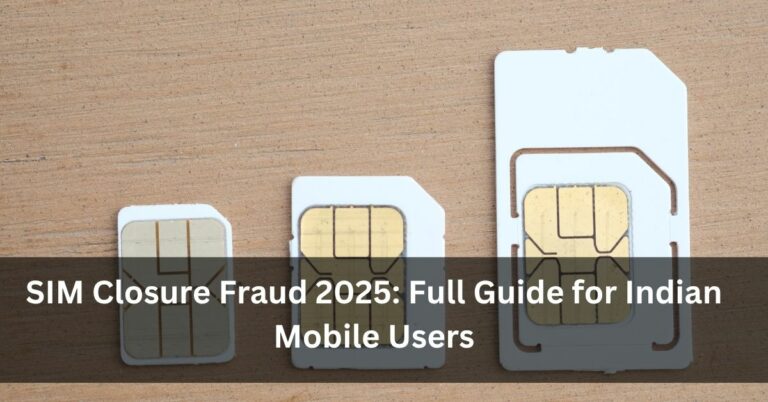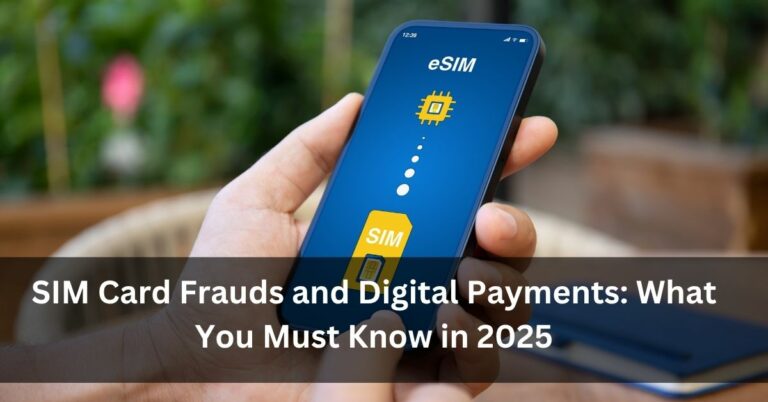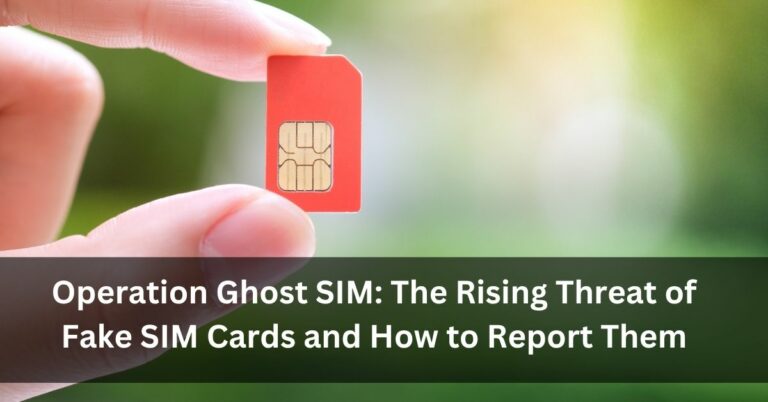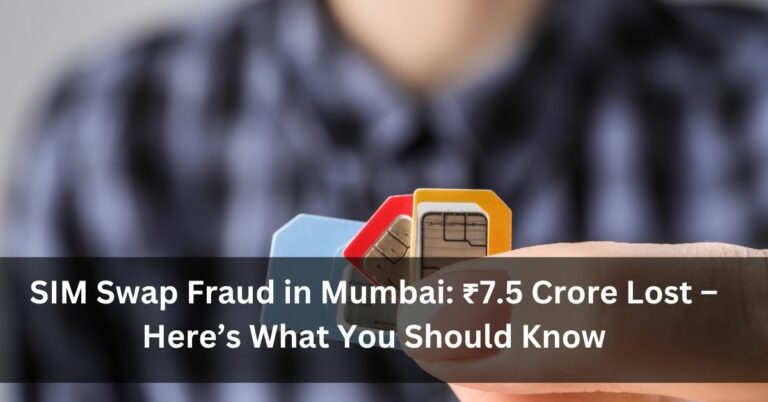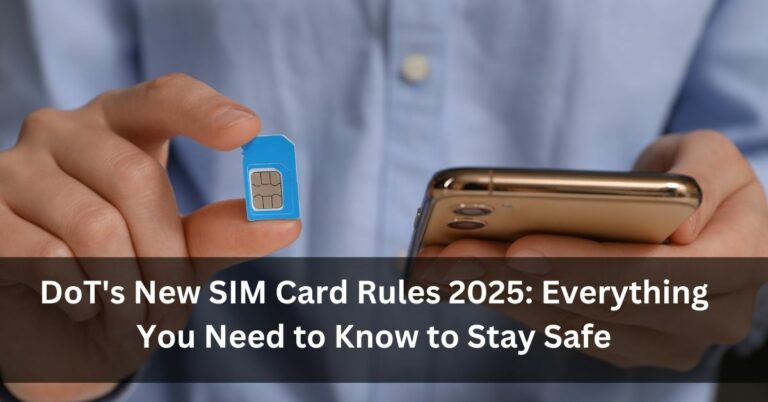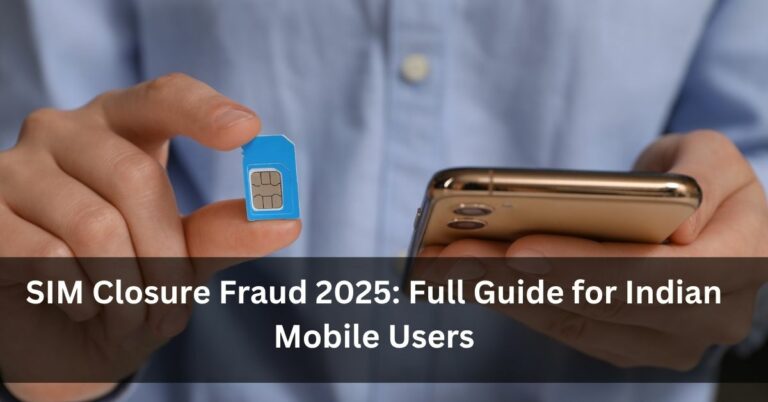TRAI’s MNRL Technology: Making SIM Use Safer in India
These days, a mobile number is not just a way to make calls. It is used for UPI, online banking, Aadhaar, PAN linking, and even for receiving OTPs. That’s why many frauds now happen through SIM cards. People are becoming victims of scams like SIM swapping, fake KYC calls, and unknown number re-use.
To fight this, TRAI has introduced a system called MNRL — Mobile Number Revocation List. The goal is simple: stop fraud before it starts by blocking misuse of deactivated or fake mobile numbers.
This blog will explain what MNRL is, how it helps, and how you can also report suspicious SIM activity through Portal Chakshu.
What is MNRL?
MNRL stands for Mobile Number Revocation List. It is a database of mobile numbers that are no longer in use. These numbers are marked as permanently disconnected or flagged for misuse. Banks, mobile operators, and other service providers can now check this list before accepting any mobile number for financial or official use.
Why is this needed? Because many times, fraudsters use inactive numbers to fool people or to reset someone else’s bank account. With MNRL in place, such cases can be stopped at the beginning.
Reasons a Mobile Number Goes on MNRL
A number can appear on the MNRL for many reasons:
- The SIM was activated using fake ID or documents.
- It was linked to a fraud or scam activity.
- The owner stopped using the number for a long time.
- The number was flagged by banks, police, or telecom operators after complaints.
- It failed KYC re-verification.
- It was used for spam or scam calls.
Once on this list, the number cannot be used for financial transactions or official verifications.
RBI’s Rule for Banks
To make this system effective, the Reserve Bank of India (RBI) has made it mandatory for all banks and financial companies to start using MNRL by 31 March 2025. This means banks must check if a customer’s mobile number is on this list before giving access to services like internet banking, UPI, or KYC updates.
If the number is found on the MNRL list, banks should not allow transactions from that number. This move is expected to reduce frauds caused by fake SIMs or inactive numbers being reused.
How It Helps You?
MNRL helps in many ways:
- Stops someone else from using your old or inactive number.
- Protects your bank account from fraud linked to SIM swapping or KYC fraud.
- Makes digital transactions more secure.
- Ensures that only valid and active mobile numbers are used for services.
With this system, banks and mobile companies can quickly check if a number has a clean record.
Common SIM Frauds That MNRL Can Prevent
Let’s look at some types of frauds MNRL can help stop:
- SIM Swap Fraud: This happens when a scammer gets a new SIM card for your number by using a fake ID. They then use OTPs to access your bank account.
- Fake KYC Calls: Fraudsters call saying your SIM will be blocked if you don’t update your KYC. They send a link that steals your personal details.
- Inactive Number Misuse: Old numbers that are no longer used can be recycled and fall into the wrong hands. These numbers are sometimes used to carry out fraud without anyone noticing.
- Bank Account Takeover: If a bank doesn’t check a number properly, scammers may link a fake SIM to your account and reset your password using OTP.
How to Report Suspicious SIM Activity?
Even with systems like MNRL in place, your role is important too. If you get any suspicious SMS, call, or WhatsApp message related to SIM cards or banking, you can report it on Portal Chakshu.
Here’s how to do it:
- Visit Portal Chakshu.
- Click on “Report Suspicious Communication.”
- Choose whether you received a Call, SMS, or WhatsApp message.
- Fill in details like phone number, time, and type of message.
- Upload a screenshot if you have it.
- Enter your mobile number and complete OTP verification.
- Submit the report.
It takes just a few minutes and helps authorities stop fraud faster.
Simple Tips to Keep Your SIM Safe
- Never share OTP, PIN, or UPI credentials with anyone.
- Do not respond to random messages asking for KYC updates.
- Always get your SIM from an official telecom store.
- Check your mobile account regularly for any unknown activity.
- If your SIM stops working suddenly, inform your bank immediately.
If anything seems wrong, don’t wait. Report it quickly through Portal Chakshu.
Final Words
MNRL is a big step by TRAI and RBI to make SIM use safer for everyone. It’s a smart move to make sure that only clean, active numbers are used in banking and digital services. Fraud using SIM cards has become common, but with tools like MNRL and reporting platforms like Portal Chakshu, we now have a better way to fight back.
Stay alert. Stay informed. And always take a few minutes to report anything suspicious. Your action can stop a scam from reaching others.
For more updates or to report a fraud, visit Portal Chakshu today.


